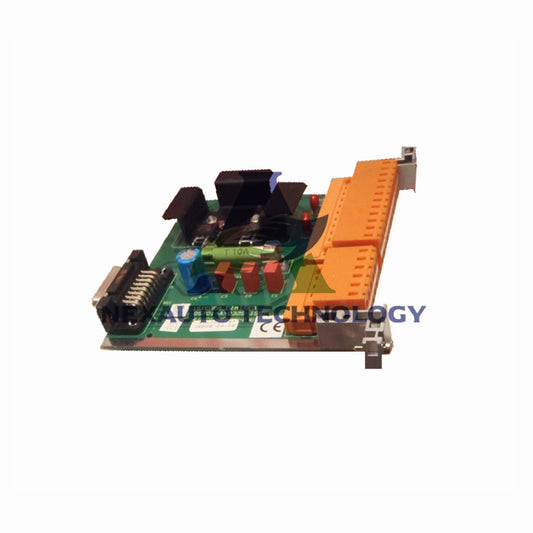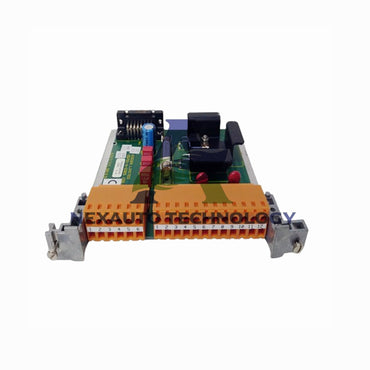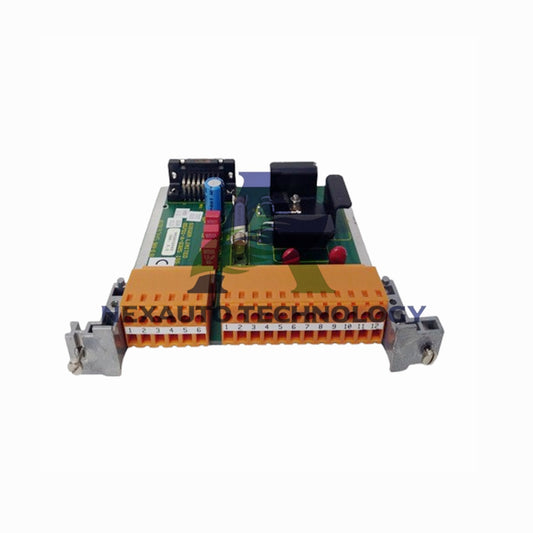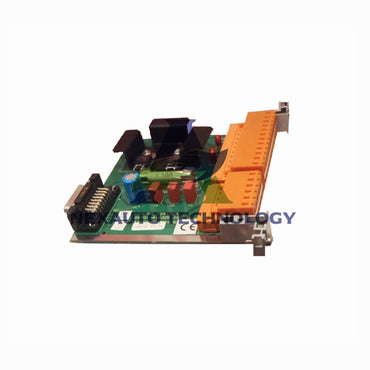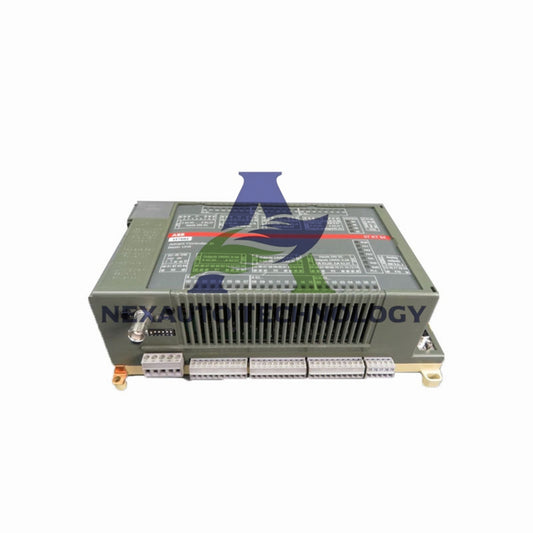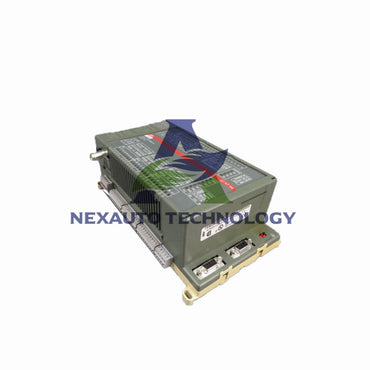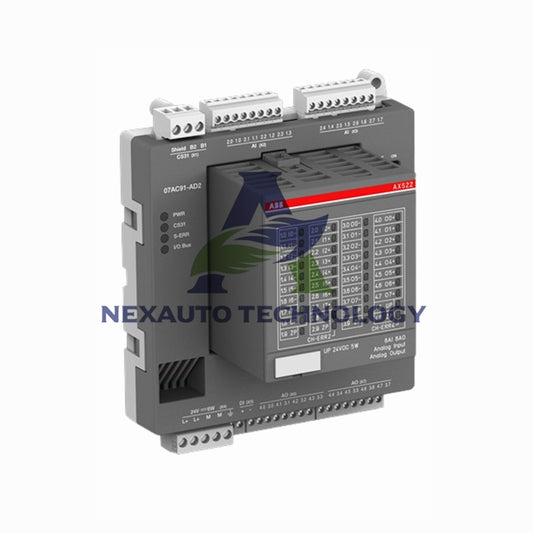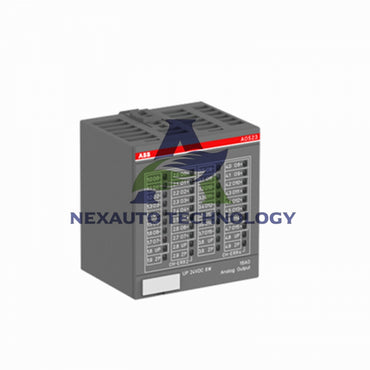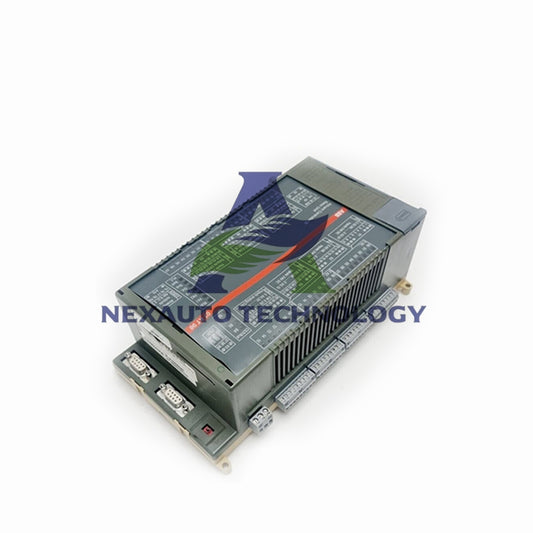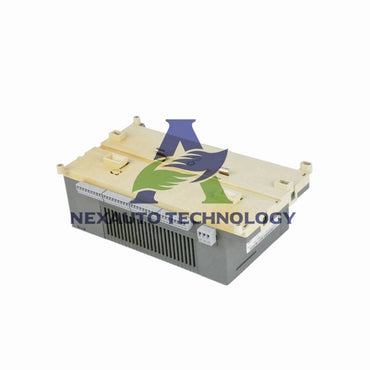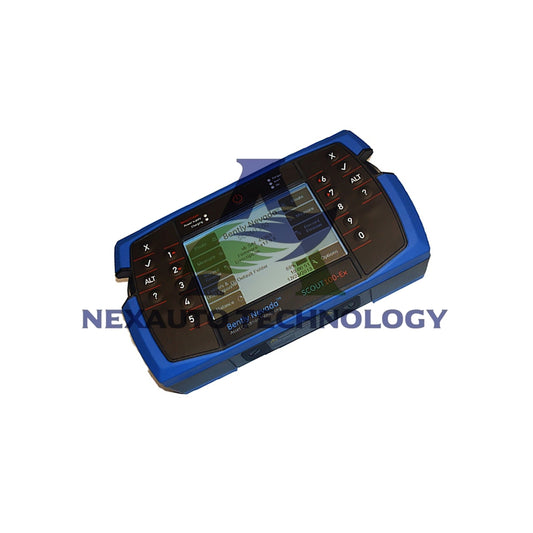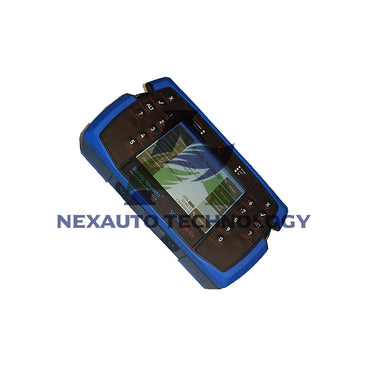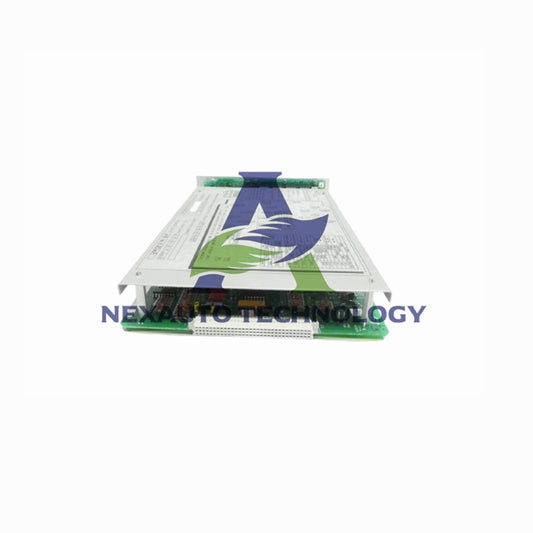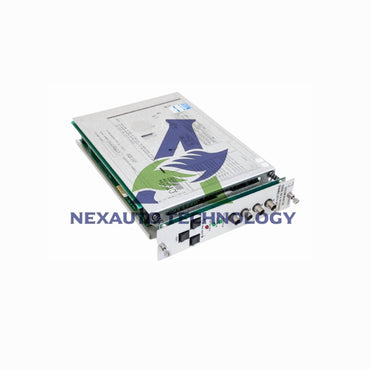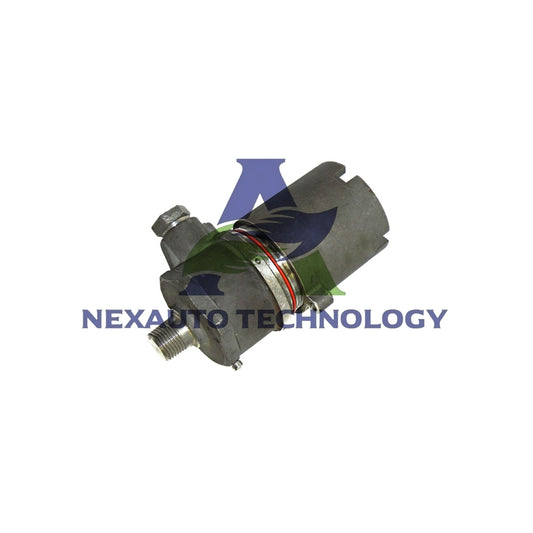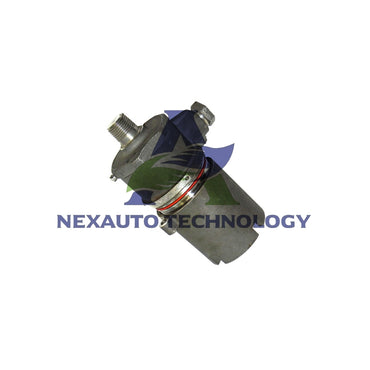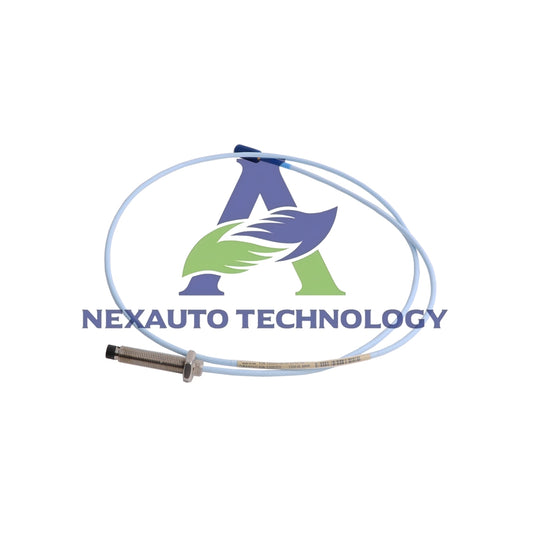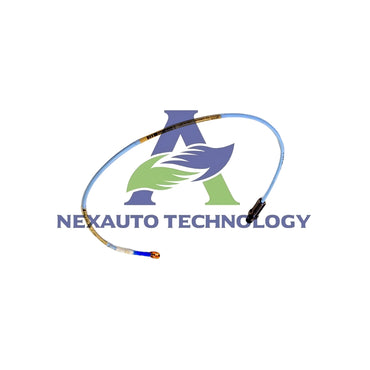Как использовать датчики Bently Nevada с ПЛК и ДКС для оптимизации работы машины
Введение: понимание датчиков Bently Nevada
Датчики Bently Nevada измеряют вибрацию, температуру и смещение ротора. Они обнаруживают изменения размером до 1 микрона. Эти датчики предоставляют данные в реальном времени для предотвращения неожиданных отказов. Использование этих датчиков может сократить незапланированные простои до 30% в год. Заводы сообщают о 15-20% увеличении срока службы оборудования после внедрения.
Роль систем ПЛК и DCS
ПЛК выполняют автоматизированные задачи, такие как управление двигателями и клапанами, с циклом работы до 1 миллисекунда. Системы DCS контролируют процессы всего завода и управляют сотнями каналов ввода-вывода одновременно. Вместе ПЛК и DCS повышают эффективность завода на 25-35%.

Почему интеграция важна
Интеграция датчиков с ПЛК и DCS обеспечивает точный мониторинг критически важного оборудования. Это уменьшает пробелы в данных и ускоряет процесс принятия решений на 40%. Автоматические оповещения срабатывают при аномальной вибрации или температуре. Исследования показывают, что интегрированные системы снижают затраты на обслуживание на 15% и значительно сократить производственные потери.
Шаг 1: Подключение датчиков к ПЛК
Сначала определите тип выходного сигнала датчика (например, 4-20 мА или цифровой импульс) и сопоставьте его с входными модулями ПЛК. Затем подключите датчики с использованием экранированных кабелей для снижения помех. Настройте ПЛК на считывание данных с датчиков каждые 10 миллисекунд. Проверьте точность данных; допустимое отклонение — менее 2%.
Шаг 2: Связывание датчиков с DCS
Настройте каналы DCS для приема данных о вибрации, температуре и смещении. Калибруйте датчики в соответствии с техническими характеристиками производителя:
| Параметр | Точность | Единица |
|---|---|---|
| Температура | ±0,5% | °C |
| Вибрация | ±1 микрон | мкм |
Операторы получают панели мониторинга в реальном времени и сигналы тревоги, когда значения превышают 80% определённых пределов.
Шаг 3: Оптимизация работы машины
Отслеживайте тенденции вибрации, выравнивание ротора и состояние подшипников. Регулируйте скорость машины, смазку или нагрузку для снижения износа и энергопотребления. Прогнозное обслуживание предотвращает незапланированные простои, которые могут стоить до 50 000 $ в день на крупных предприятиях. Предприятия сообщают о 20% улучшении энергоэффективности после интеграции.

Лучшие практики для долгосрочного успеха
Калибруйте датчики каждые 6-12 месяцев. Поддерживайте прошивку и программное обеспечение в актуальном состоянии для надежности. Обучайте персонал работе с панелями управления, сигналами тревоги и протоколами реагирования. Непрерывный мониторинг может продлить срок службы машин на 25% и сократить аварийное обслуживание на 35%.
Заключение: Максимизация эффективности с помощью интегрированных систем
Датчики Bently Nevada, интегрированные с ПЛК и ДКС, повышают производительность предприятия. Они предоставляют действенные данные о состоянии оборудования, энергоэффективности и прогнозном обслуживании. Интеграция снижает эксплуатационные расходы, предотвращает простои и обеспечивает долгосрочную надежность критически важных активов.
Посмотрите ниже популярные товары для получения дополнительной информации на Nex-Auto Technology.

